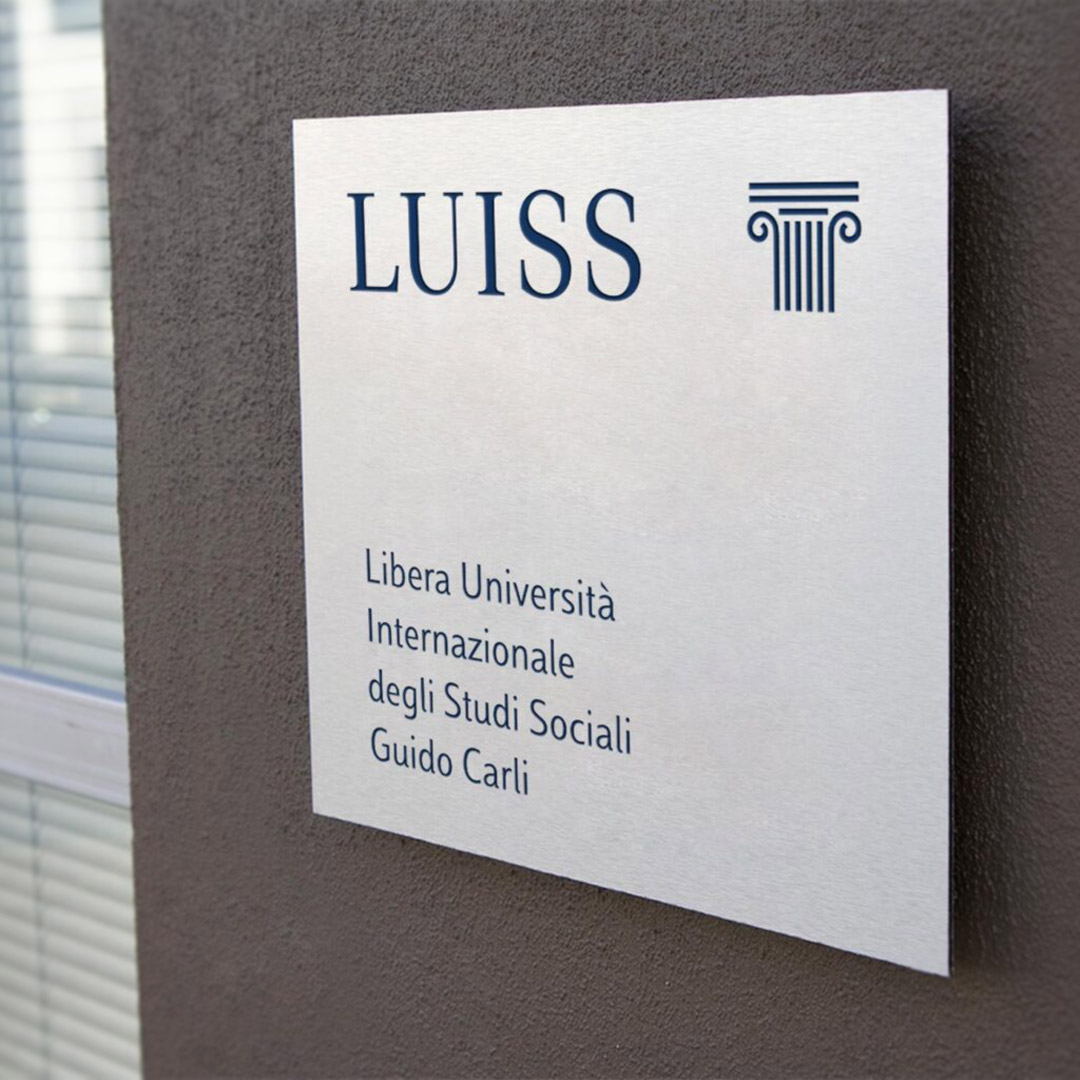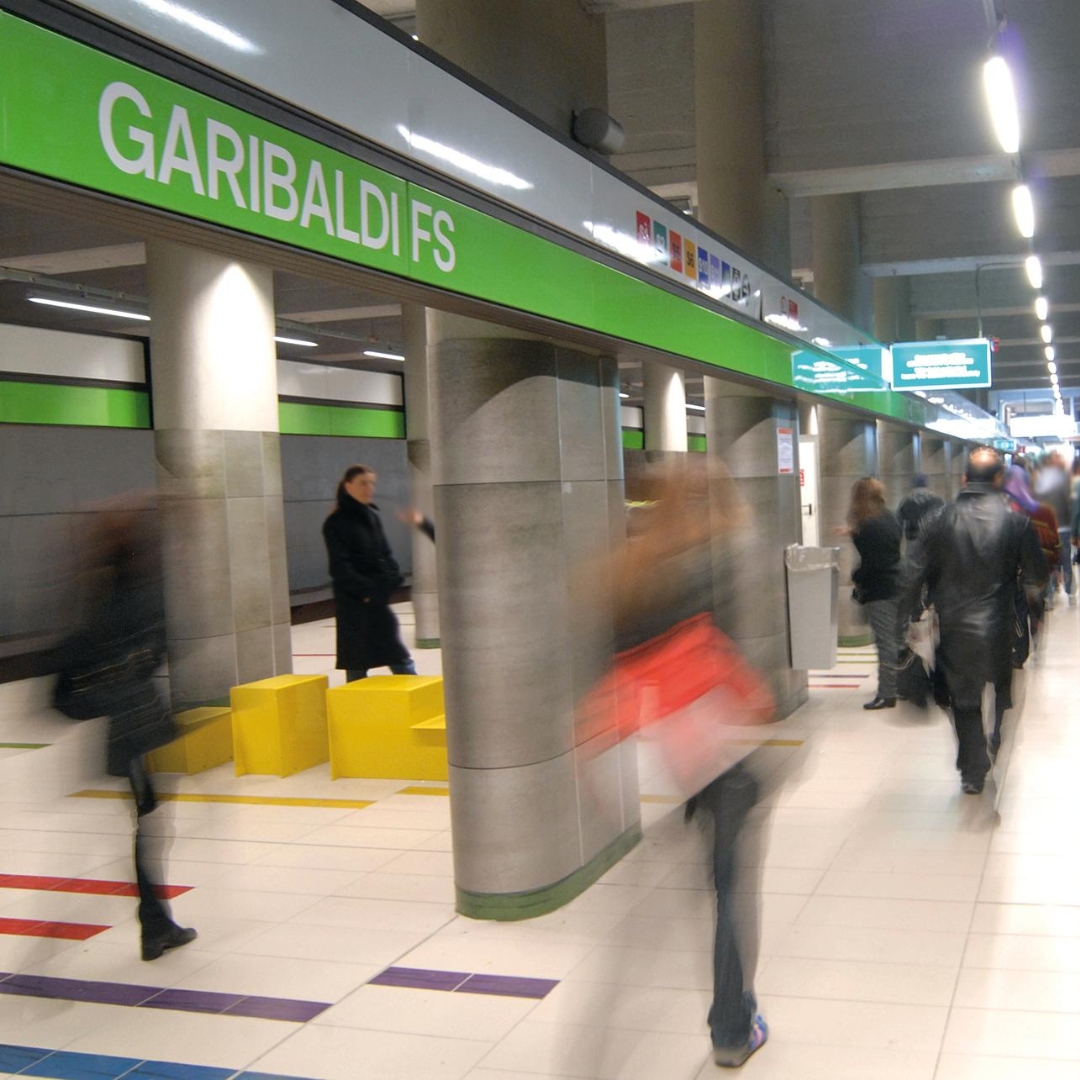Telling the story of a university: coherence and identity in a connected world
A university is not just an institution that teaches. It’s a world that tells its own story, that engages those who choose it, and that projects the future it promises. And in an increasingly connected, emotional, and competitive world, it’s the story that truly makes the difference. Today, a university communicates across many channels, which makes consistency — both online and offline — essential. Websites, social media, physical spaces, events, and materials all need to speak the same language. The digital experience, in particular, must be clear and accessible: it’s often the first real point of contact with the university and can strongly influence how its identity and credibility are perceived. A university’s brand identity is what makes it instantly recognizable — but also what speaks through the messages it conveys. It’s not just a logo, and even less a crest: it’s a mix. From the name to the colors, from the website to open days, every detail — signs, tone, style — tells the story of who you are and why someone should choose you. Case Studies Conservatorio di Milano A dynamic logotype combines different typefaces to represent musical plurality. The graphic movement creates a visual mark in constant transformation, while the spatial reference remains stable, grounding history and identity. Sapienza A brand identity and brand architecture project that streamlined the complexity of a large university by simplifying its naming, redesigning historical symbols, and introducing a custom typeface. Opit A project that communicates innovation, flexibility, and social impact in the field of digital education. A visual identity built on binary symbols, modern typography, and a dynamic color palette to stand out in the online education landscape. Case Studies LIUC A brand identity that brings together academic culture and the business world, using a clear and straightforward language. The constellation symbol evokes the idea of the future, while the blue color conveys stability and reliability. LUISS A project that conveys an idea of education as continuous growth, symbolized by a column transforming into a capital. A consistent visual and typographic language reinforces a sense of belonging and openness to knowledge. Intercultura The brand design reinforces autonomy by emphasizing the name as the central element of the logo. The reference to AFS remains in the background, acknowledging the origins while highlighting a more evolved and independent vision.


